

Articles
What Are Smart Mirrors
Modified: January 21, 2024
Learn all about smart mirrors in our informative articles. Discover the latest trends, technologies, and how they can enhance your daily routine.
(Many of the links in this article redirect to a specific reviewed product. Your purchase of these products through affiliate links helps to generate commission for Storables.com, at no extra cost. Learn more)
Introduction
Welcome to the future of mirrors: smart mirrors. Gone are the days of simple reflective surfaces; smart mirrors are innovative devices that bring technology, convenience, and style to your daily routine. In this modern age, where connectivity and automation have become an integral part of our lives, it’s no surprise that mirrors have joined the smart revolution.
A smart mirror is a cutting-edge device that combines the functionality of a traditional mirror with advanced technological features. It is essentially a reflective surface that incorporates a display, sensors, and connectivity capabilities, transforming a once-simple object into a sophisticated and interactive tool.
Smart mirrors offer a multitude of benefits and features that go beyond just a reflection of your appearance. They can display useful information, such as the time, weather updates, calendar events, and even news headlines. Some models even have built-in voice assistants, like Amazon Alexa or Google Assistant, allowing you to control smart home devices or play music with simple voice commands.
These intelligent devices are designed to integrate seamlessly into your everyday life, not only serving as a reflection of your physical appearance but also providing useful information and enhancing your overall experience. Whether you’re getting ready in the morning or winding down at night, a smart mirror is there to make your routine more efficient and enjoyable.
In this article, we will explore the world of smart mirrors in depth, delving into their features, functionalities, benefits, limitations, and future potential. So, let’s take a closer look at how smart mirrors work to revolutionize the way we interact with our reflections.
Key Takeaways:
- Smart mirrors are the futuristic blend of technology and practicality, offering convenience, personalization, and potential future developments like augmented reality integration and health monitoring.
- While smart mirrors bring numerous benefits, it’s essential to consider factors like cost, connectivity requirements, and privacy concerns. The future promises even more sophisticated AI personalization and enhanced user experiences.
Read more: What Are Mirrors
Definition of Smart Mirrors
Smart mirrors can be defined as technologically advanced mirrors that integrate digital displays, sensors, and connectivity capabilities to provide additional functionality beyond a simple reflection. These innovative devices are designed to enhance the user experience by offering a range of features and benefits that go beyond what a traditional mirror can provide.
At their core, smart mirrors consist of a two-way mirror or a transparent reflective surface that overlays a digital display. This allows the mirror to function as both a traditional mirror for reflection and a screen for displaying information. The digital display can be a monitor, an LED panel, or even a projection, depending on the design and technology used.
Smart mirrors are equipped with sensors that can detect various parameters such as ambient light, motion, and proximity. These sensors gather data that is used to optimize the display and adjust the brightness, contrast, and other visual aspects of the mirror. For example, the mirror may automatically adjust its brightness based on the surrounding lighting conditions for better visibility.
In addition to the display and sensors, smart mirrors often incorporate connectivity capabilities, allowing them to connect to the internet or other smart devices. This connectivity enables the mirror to retrieve and display information such as weather updates, news headlines, social media feeds, and more. Some smart mirrors even offer voice command features, allowing users to control the mirror or interact with virtual assistants like Amazon Alexa or Google Assistant.
It is important to note that while smart mirrors offer numerous technological advancements, they still serve the primary function of providing a reflective surface. Users can still see their reflection in the mirror, albeit with the added benefit of the digital display overlay.
Overall, smart mirrors combine the aesthetic appeal of a traditional mirror with the functionality of a digital display and connectivity. They offer a seamless blend of technology and everyday functionality, providing users with an enhanced and interactive mirror experience.
How Smart Mirrors Work
Smart mirrors incorporate a combination of hardware and software components to create a seamless and interactive user experience. Understanding how smart mirrors work can help demystify their innovative functionalities and shed light on the magic behind these technological marvels.
At the heart of a smart mirror is the display technology. The mirror itself is typically made of a two-way mirror or a transparent reflective surface that overlays a digital display. This display can be an LCD, LED panel, or even a projection screen, depending on the specific design and technology used by the manufacturer.
The digital display is connected to a computer or microcontroller that serves as the brain of the smart mirror. This computer runs specialized software that controls the display, processes data from sensors, and manages the user interface of the mirror. The software can be pre-installed by the manufacturer or customized by the user, depending on the flexibility of the smart mirror’s operating system.
Smart mirrors are equipped with various sensors that collect data to enhance the user experience and optimize the mirror’s functionality. These sensors can include ambient light sensors, motion sensors, proximity sensors, and even temperature and humidity sensors. The data collected by these sensors is used to adjust the display brightness, contrast, and other visual settings automatically.
Some smart mirrors also incorporate connectivity capabilities, allowing them to connect to the internet or other smart devices. This connectivity enables the mirror to retrieve and display information such as weather updates, news headlines, calendar events, and even social media feeds. Users can often customize the information displayed on the mirror’s screen, tailoring it to their preferences and needs.
Additionally, smart mirrors with voice command features use built-in microphones to capture audio commands from the user. These commands are processed by virtual assistants like Amazon Alexa or Google Assistant, which can perform various tasks based on the user’s voice command, such as adjusting the mirror’s settings, playing music, or controlling other smart home devices.
Overall, the hardware components, including the display, sensors, and connectivity capabilities, work in harmony with the software to create a smart and interactive mirror experience. The combination of advanced display technology, data-driven sensors, and connectivity features allows smart mirrors to go beyond their traditional counterparts, providing users with an enhanced and personalized reflection.
Features of Smart Mirrors
Smart mirrors offer a wide range of features that set them apart from traditional mirrors. These features combine the functionality of a mirror with advanced technology, creating a versatile and interactive experience for users. Let’s explore some of the key features found in smart mirrors:
- Interactive Displays: Smart mirrors feature digital displays that overlay the reflective surface, allowing users to interact with the mirror’s interface. The display can show a variety of information such as time, weather forecasts, calendar events, and more.
- Customizable Interface: Users can often customize the layout and content displayed on the mirror’s screen. Whether it’s rearranging widgets or choosing the type of information displayed, smart mirrors provide a personalized experience tailored to individual preferences.
- Smart Home Integration: Many smart mirrors can connect to other smart devices in your home. This integration allows you to control lights, thermostats, door locks, and other compatible devices directly from the mirror’s interface or through voice commands with virtual assistants.
- Virtual Assistants: Some smart mirrors come equipped with built-in virtual assistants like Amazon Alexa or Google Assistant. This integration enables voice commands to perform tasks such as setting reminders, checking the news, playing music, and more, all without touching the mirror.
- Sensor Technology: Smart mirrors often include sensors that detect ambient light and adjust the mirror’s brightness and clarity accordingly. Motion sensors can also activate the display when someone approaches, providing a seamless and hands-free experience.
- Media Playback: Many smart mirrors have built-in speakers or Bluetooth connectivity, enabling users to play music, podcasts, or even watch videos while going about their daily routines.
- Health and Wellness Features: Some smart mirrors incorporate health and wellness features like fitness tracking and beauty analysis. These mirrors use sensors and algorithms to analyze skin condition, provide personalized skincare recommendations, and track fitness progress.
These features combine to create a multifunctional and convenient experience. Smart mirrors transform the ordinary act of looking into a mirror into an immersive and interactive experience that seamlessly integrates with your daily routine.
Benefits of Smart Mirrors
Smart mirrors offer a multitude of benefits that go beyond the basic functionality of a traditional mirror. Their integration of advanced technology and innovative features enhance the user experience and provide convenience and personalized interaction. Here are some of the key benefits of using smart mirrors:
- Convenience: Smart mirrors streamline your daily routine by providing valuable information at a glance. With features like weather updates, calendar events, and news headlines displayed on the mirror’s screen, you can stay informed without having to check your phone or other devices.
- Personalization: Smart mirrors allow you to customize the interface and content displayed on the screen. You can arrange widgets, choose the type of information displayed, and even sync it with your preferences and needs. This level of personalization enhances the mirror’s functionality and makes it a reflection of your individual style and preferences.
- Home Automation: Integration with smart home devices enables you to control various aspects of your home directly from the mirror. Whether it’s adjusting the lighting, setting the thermostat, or locking the doors, smart mirrors provide a centralized control hub for your smart home ecosystem.
- Time-Saving: By integrating various functions into the mirror, smart mirrors save time by eliminating the need to check multiple devices or platforms. Instead of searching for information on your phone or computer, you can get updates and essential data with just a glance at the mirror.
- Enhanced Aesthetics: Smart mirrors bring a touch of modern elegance to any space. With sleek and minimalist designs, they can complement the décor of your home or workspace while offering advanced functionality and technology.
- Wellness and Beauty Insights: Some smart mirrors include health and wellness features such as fitness tracking and beauty analysis. These mirrors can provide personalized insights about your skincare routine, track your fitness progress, and offer suggestions for self-improvement, contributing to a healthier and more confident lifestyle.
- Entertainment: Smart mirrors with media playback capabilities allow you to enjoy music, podcasts, and videos while getting ready or going about your daily routine. This built-in entertainment feature adds fun and enjoyment to your mirror experience.
Overall, smart mirrors offer a range of benefits that go beyond just a reflection. They provide convenience, personalization, efficiency, and advanced features that make your everyday routines more streamlined, enjoyable, and connected.
When using a smart mirror, be sure to customize the settings to your preferences, such as displaying weather, news, or your calendar. This will make the mirror more useful and personalized to your needs.
Limitations of Smart Mirrors
While smart mirrors offer a host of innovative features and benefits, it is important to acknowledge their limitations. Like any technology, smart mirrors have certain drawbacks that may impact their functionality and user experience. Here are some limitations to consider:
- Cost: Smart mirrors can be more expensive compared to traditional mirrors due to their advanced features and technology. The price may be a limiting factor for some individuals, especially when considering customization options or higher-end models.
- Connectivity Requirements: Smart mirrors rely on a stable internet connection to access and display up-to-date information. Without a reliable network connection, the mirror’s features and functionalities may be limited or even inaccessible.
- Complex Set-up: Setting up a smart mirror can be more involved and require technical expertise compared to traditional mirrors. Depending on the model and customization options, installing and properly configuring the mirror may involve connecting to Wi-Fi networks, setting up apps or accounts, and troubleshooting any connectivity issues.
- Privacy Concerns: Some individuals may have concerns about the privacy implications of using a smart mirror. With sensors and connectivity capabilities, there is the possibility that personal data could be collected or transmitted. It is essential to research and understand the privacy policies and data security measures implemented by the manufacturer before using a smart mirror.
- Limited Field of View: The size and field of view of smart mirrors may not be as extensive as traditional mirrors. Depending on the design and display technology, the viewing area may be limited or constrained by the digital overlay, potentially affecting visibility and angles.
- Power Consumption: Given the technology involved, smart mirrors typically require a power source to operate. Depending on the specific model, this can result in increased power consumption compared to traditional mirrors, which may need to be taken into account when considering energy usage.
- Software Updates and Compatibility: As with any digital device, smart mirrors may require software updates to improve functionality, security, and compatibility with the latest apps and technologies. Ensuring compatibility with third-party applications and devices may require additional effort and potential troubleshooting.
It is important to weigh the pros and cons of smart mirrors before making a decision. While they offer advanced features and convenience, it is essential to consider the potential limitations and address any concerns to ensure a satisfactory user experience.
Popular Smart Mirror Brands
The market for smart mirrors has seen significant growth in recent years, with several companies offering innovative and feature-rich options. Here are some of the popular smart mirror brands that have gained recognition for their designs, functionality, and user-friendly interfaces:
- HiMirror: HiMirror is a renowned brand that specializes in smart mirrors focused on beauty and skincare. Their mirrors analyze the user’s skin condition, provide personalized skincare recommendations, offer makeup tutorials, and track skincare progress over time.
- Electric Mirror: Electric Mirror is a leader in luxury smart mirrors. Their mirrors are known for their elegant designs, high-quality construction, and customizable features. They offer a range of options for residential and commercial use, incorporating advanced technology and energy-efficient LED lighting.
- Simplehuman: Simplehuman is popular for their sleek and stylish smart mirrors, particularly in the bathroom space. Their mirrors include features like sensor-activated lighting, magnification, and integration with virtual assistants, making them an excellent option for enhancing daily grooming routines.
- Spiegel: Spiegel creates smart mirrors with a focus on wellness and personal fitness. These mirrors feature built-in cameras for workouts and fitness tracking, providing real-time feedback, exercise routines, and progress tracking, making them ideal for those seeking to incorporate fitness into their daily mirror routine.
- Seura: Seura offers a range of smart mirrors designed for both residential and commercial applications. Their mirrors combine seamless functionality with elegant aesthetics. Seura’s mirrors often include features like weather updates, news feeds, and customizable layouts, adding convenience and style to any space.
- WaterVue: WaterVue specializes in smart mirrors designed specifically for bathrooms. These mirrors incorporate features like anti-fog technology, Bluetooth connectivity, touchless controls, and integrated speakers to elevate the bathroom experience with high-quality audio and a connected interface.
These brands are just a few examples of the diverse range of smart mirror options available in the market. Each brand brings unique features and design elements to their mirrors, allowing consumers to choose a smart mirror that best fits their preferences and needs.
Potential Future Developments of Smart Mirrors
Smart mirrors have already made significant strides in integrating technology into our personal grooming routines. However, the future holds even more exciting possibilities for this innovative device. Here are some potential future developments of smart mirrors:
- Augmented Reality (AR) Integration: One potential development is the integration of augmented reality technology into smart mirrors. This could enable users to try on virtual makeup or experiment with different hairstyles and colors, providing a realistic and interactive virtual makeover experience.
- Health Monitoring: Future smart mirrors could incorporate advanced sensors and algorithms to monitor health metrics such as heart rate, blood pressure, or body fat percentage. These mirrors could provide personalized health insights and even alert users to potential health issues.
- Gesture and Touch Control: As technology continues to advance, smart mirrors could potentially incorporate gesture control or touchless interfaces, allowing users to interact with the mirror’s features without physically touching the surface. This would enhance convenience and hygiene in using the mirror.
- Smart Lighting: Future smart mirrors may integrate smart lighting features, allowing users to adjust the mirror’s lighting to simulate different environments, such as natural daylight, evening ambiance, or makeup application lighting. This would enhance visibility and create optimal conditions for various activities.
- Emotional Analysis and Wellbeing Support: Advanced sensors could potentially allow smart mirrors to analyze facial expressions and emotions. This functionality could provide users with insights into their emotional well-being and offer suggestions or resources for stress relief, relaxation, or self-care.
- Energy Efficiency: Future advancements in lighting and power management technology may lead to more energy-efficient smart mirrors. This could involve incorporating renewable energy sources, optimizing power consumption, and implementing energy-saving features to reduce the mirror’s environmental impact.
- Expanded Connectivity: Smart mirrors could further expand their connectivity options, allowing seamless integration with a wider range of smart home devices and platforms. This could enable control of IoT (Internet of Things) devices, smart appliances, and home automation systems directly from the mirror’s interface.
- Artificial Intelligence (AI) Personalization: AI algorithms could be applied to smart mirrors to learn user preferences, habits, and routines. The mirrors could then provide personalized recommendations, content, and even anticipate user needs based on their individual patterns and preferences.
These potential developments represent just a glimpse of the many exciting possibilities for smart mirrors in the future. As technology continues to evolve and innovate, smart mirrors are likely to become more sophisticated, personalized, and seamlessly integrated into our daily lives.
Conclusion
Smart mirrors have emerged as a stunning fusion of technology and practicality, revolutionizing the way we interact with our reflections. These innovative devices offer a wide range of features, from interactive displays and customizable interfaces to smart home integration and health monitoring capabilities.
With smart mirrors, getting ready in the morning or winding down at night becomes a more convenient, interactive, and personalized experience. They provide valuable information at a glance, allow for customization to fit individual preferences, and even offer entertainment and wellness insights. The integration of voice assistants, augmented reality, and advanced sensors opens up a world of possibilities for future developments.
While smart mirrors bring forth a host of benefits, it is important to be mindful of their limitations. Factors such as cost, connectivity requirements, and privacy concerns should be taken into consideration when weighing the decision to invest in a smart mirror.
As technology continues to advance, the future of smart mirrors holds exciting potential. We may witness the integration of augmented reality, the incorporation of health monitoring features, enhanced gesture and touch control, and even more sophisticated AI personalization. The continuous development of smart mirrors promises to further enhance our daily routines, personal grooming, and overall well-being.
In conclusion, smart mirrors have transcended the traditional definition of mirrors, offering a smart and connected experience that combines functionality, convenience, and style. They are not only a reflection of our physical appearance but also a reflection of the ever-evolving technological landscape. By embracing the power of smart mirrors, we embrace innovation and embark on a journey towards a more connected and integrated future.
Frequently Asked Questions about What Are Smart Mirrors
Was this page helpful?
At Storables.com, we guarantee accurate and reliable information. Our content, validated by Expert Board Contributors, is crafted following stringent Editorial Policies. We're committed to providing you with well-researched, expert-backed insights for all your informational needs.
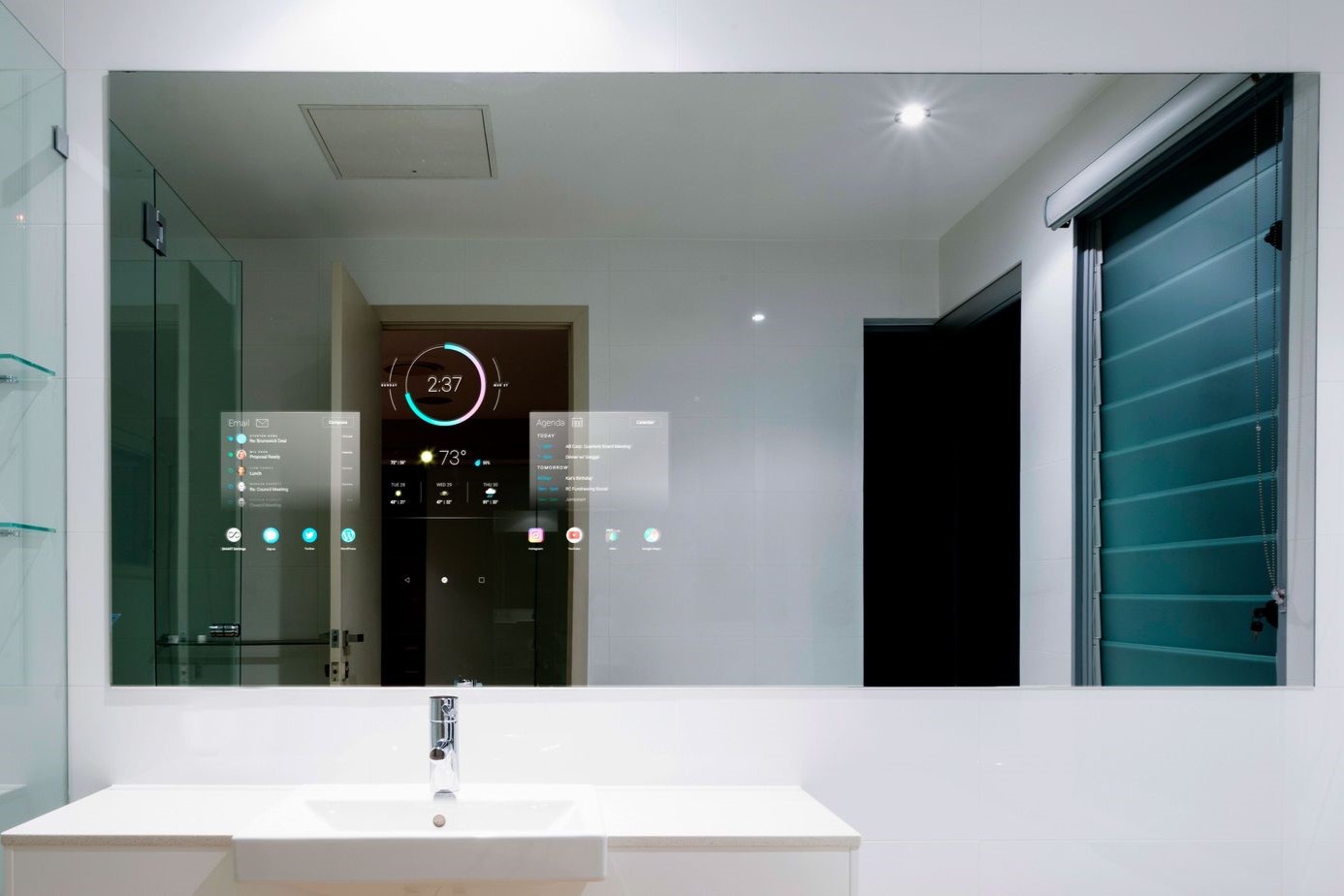
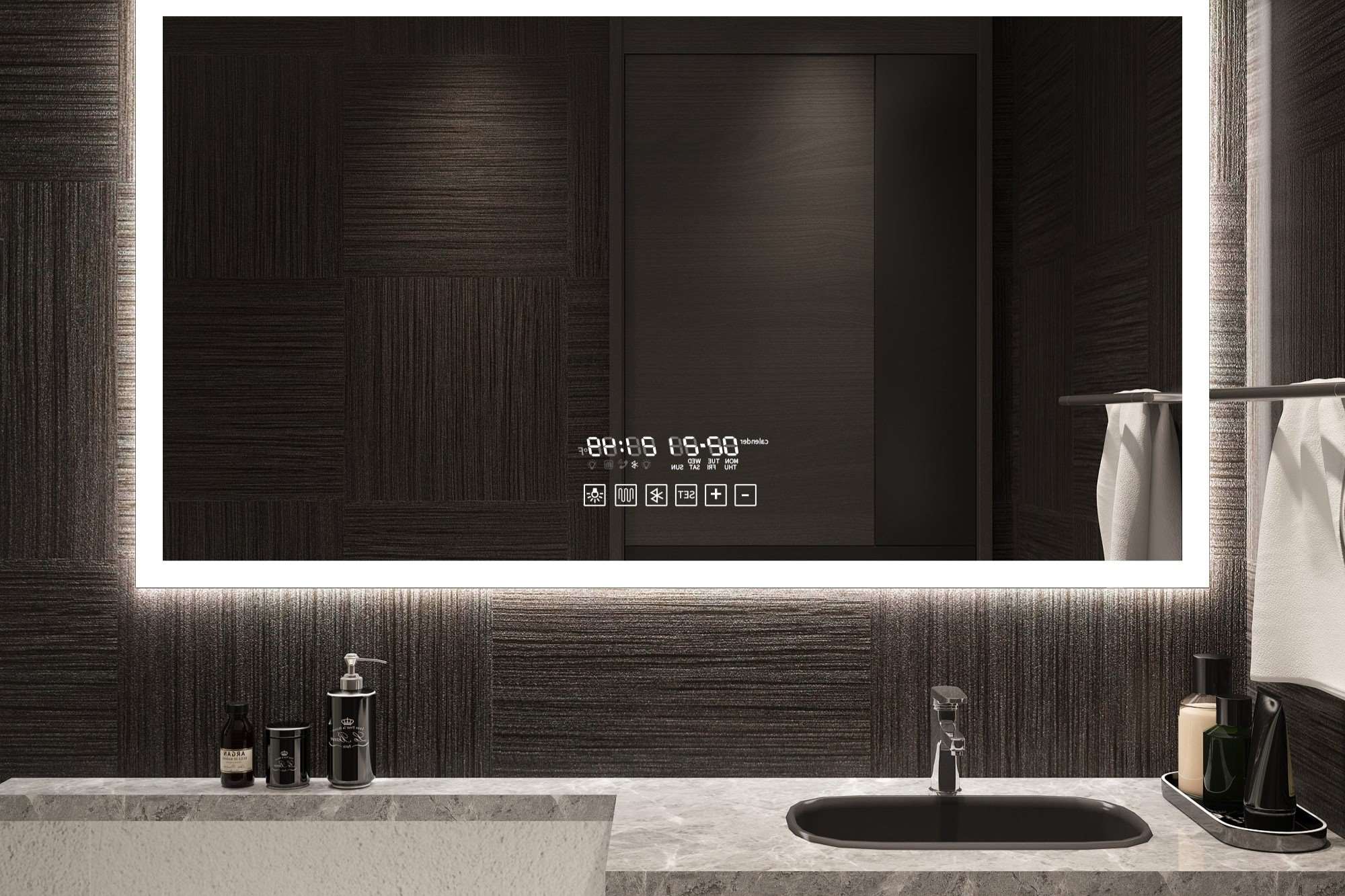




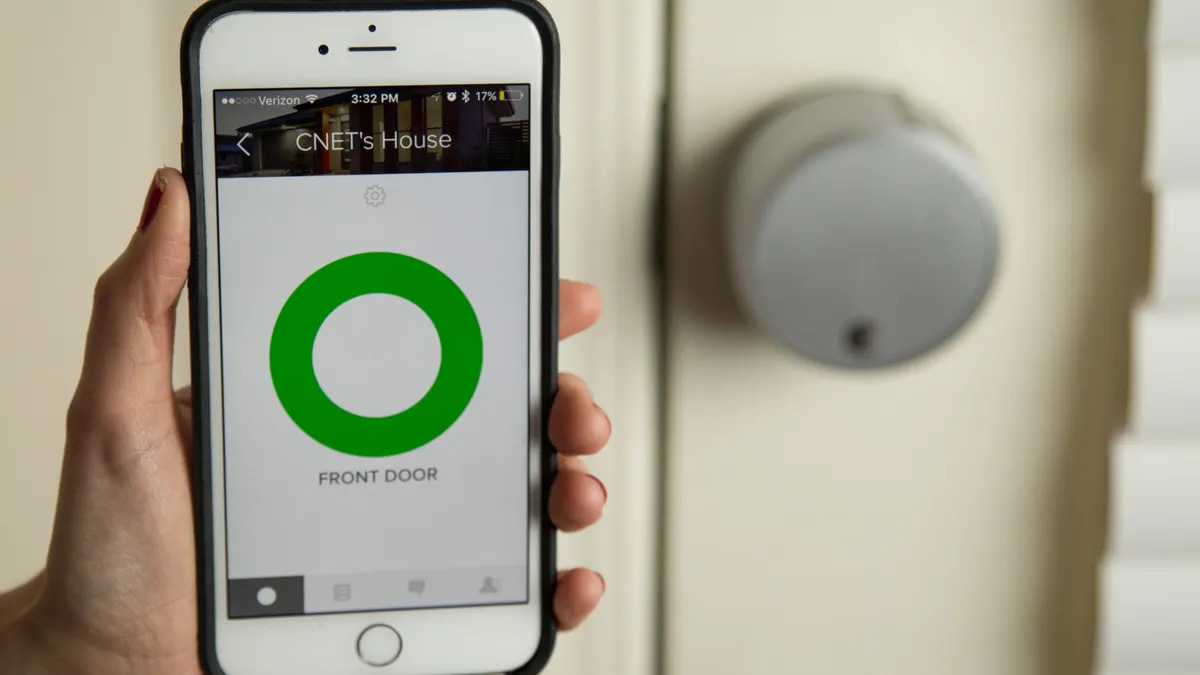


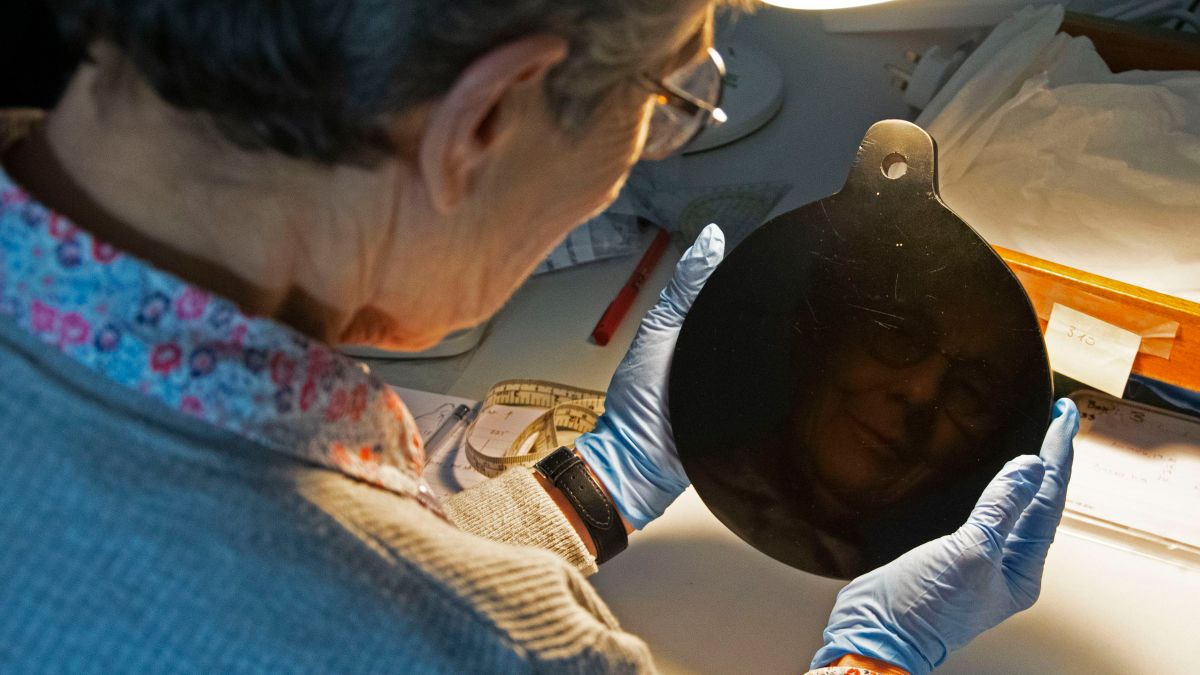
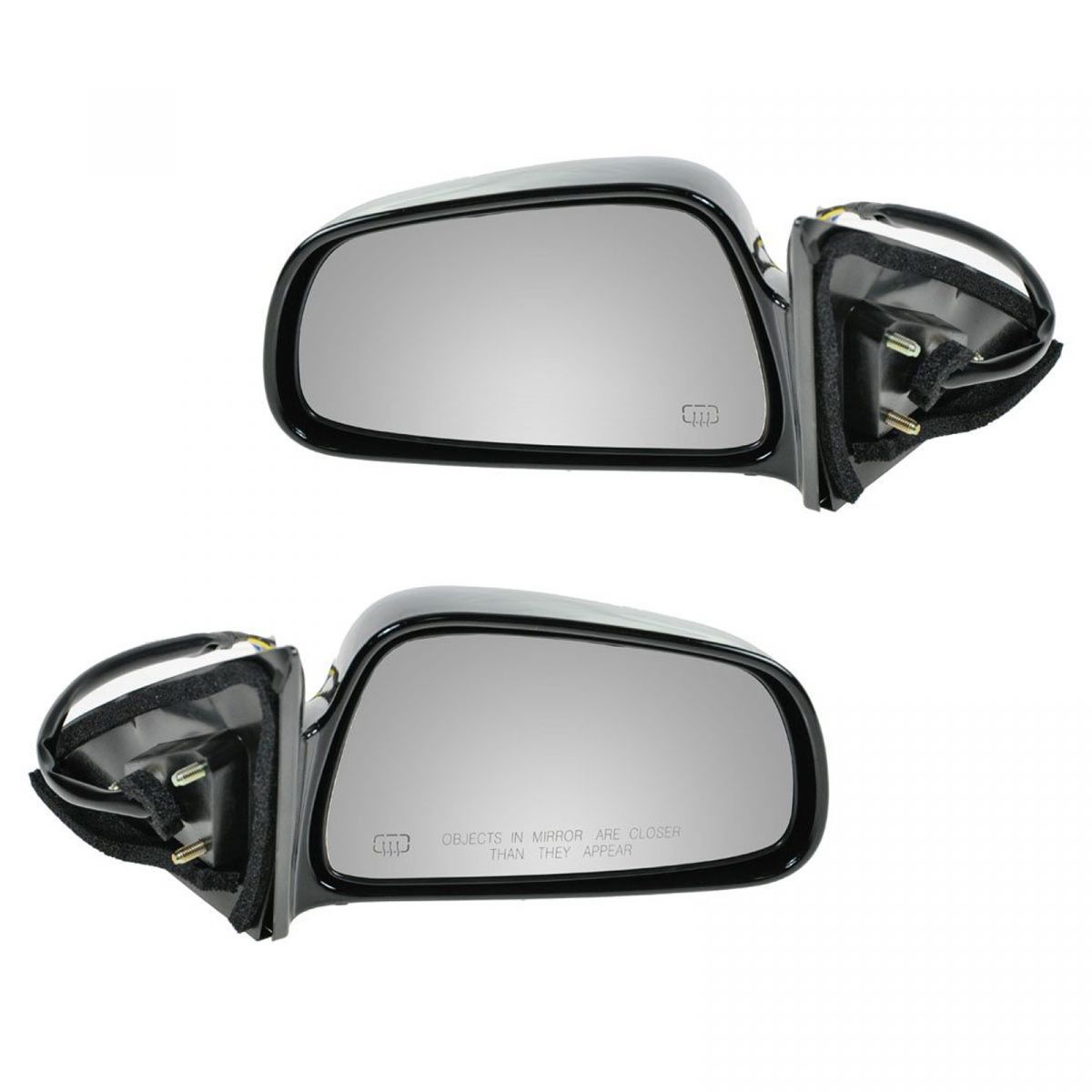
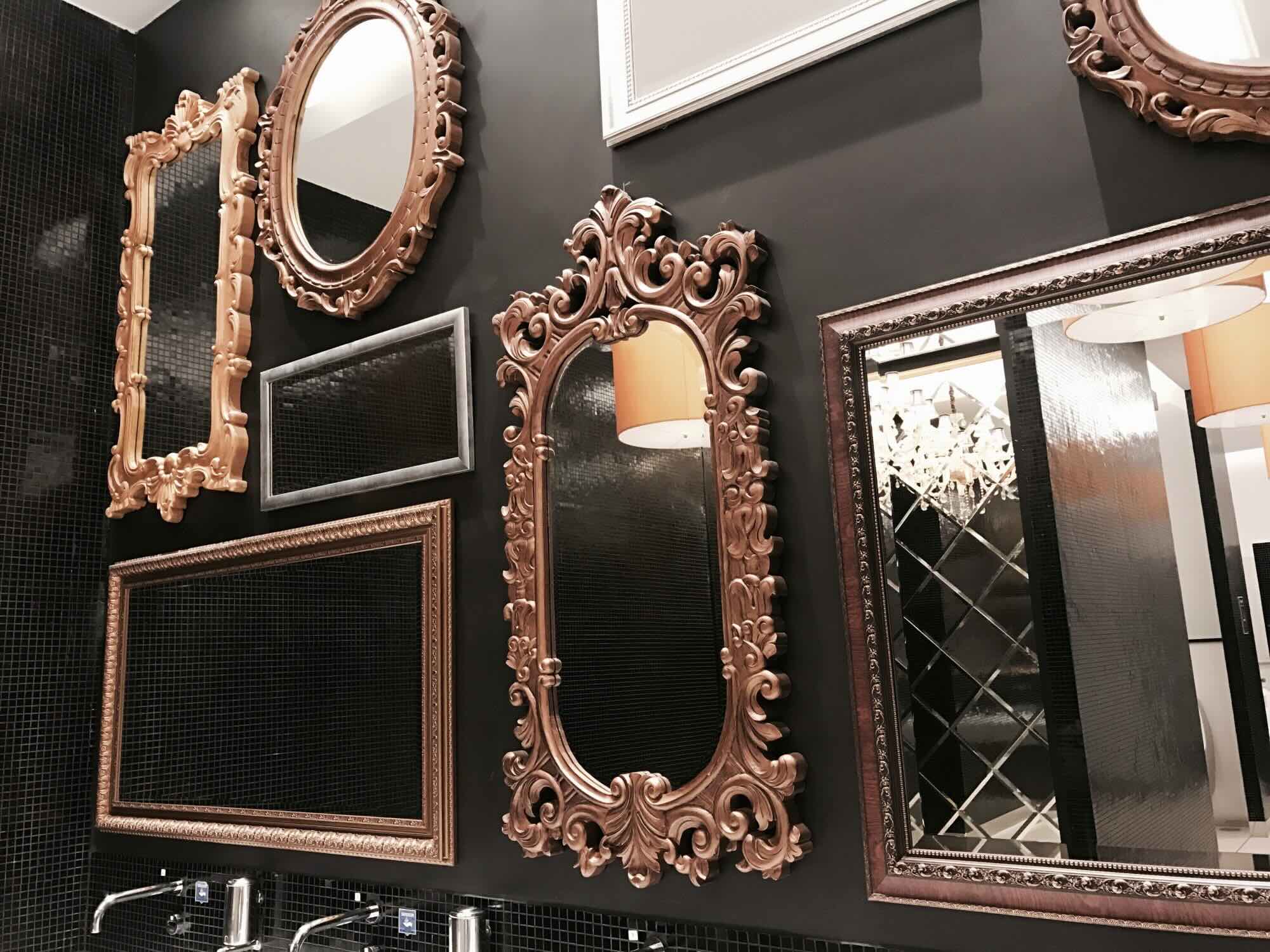



0 thoughts on “What Are Smart Mirrors”